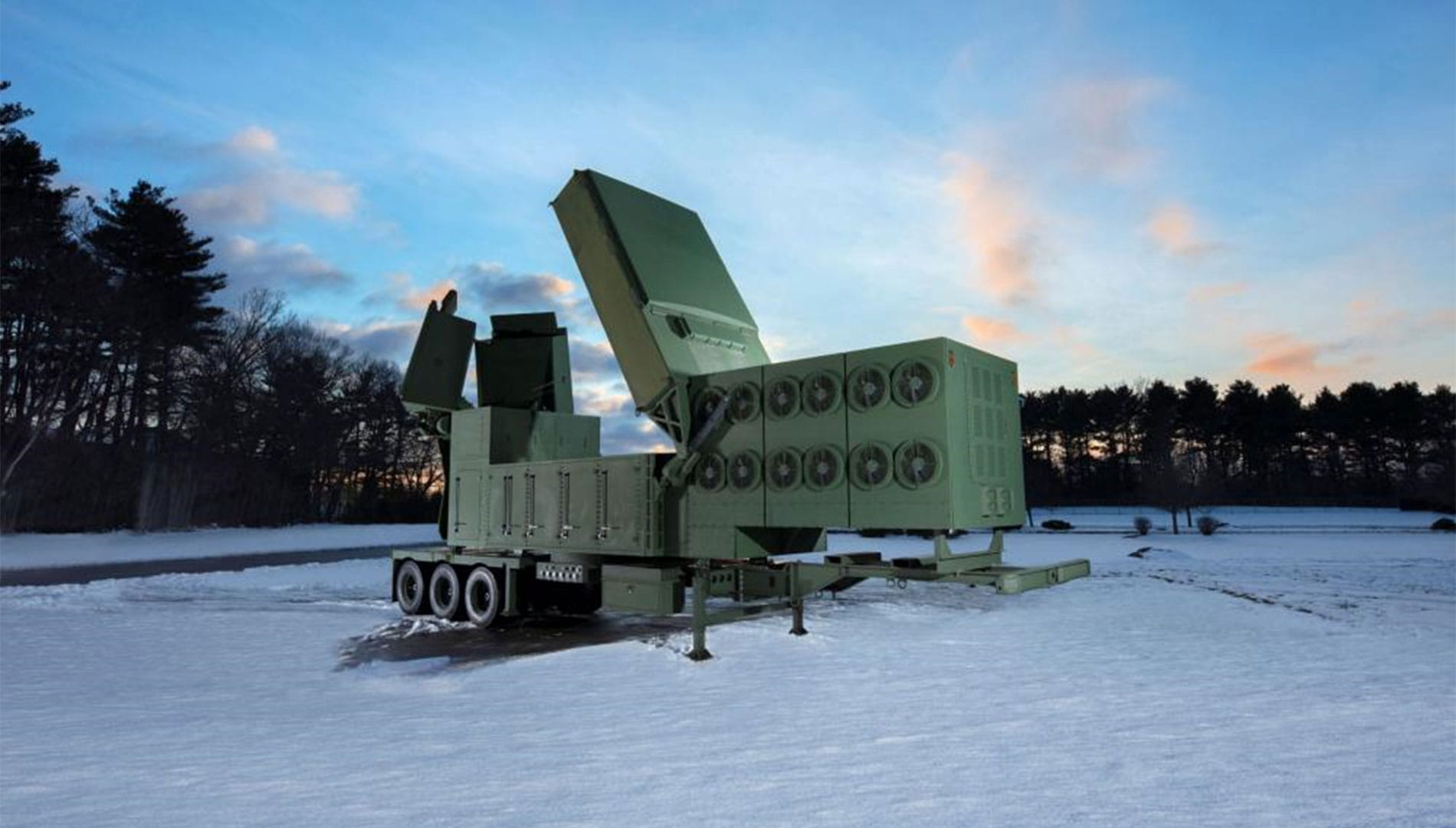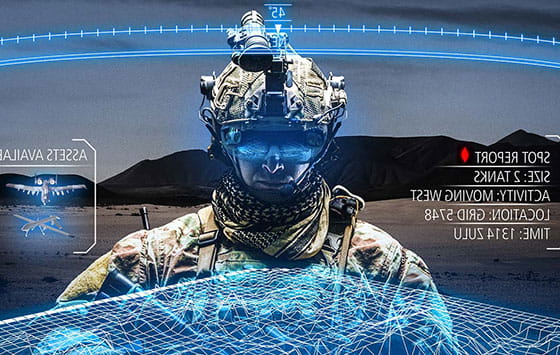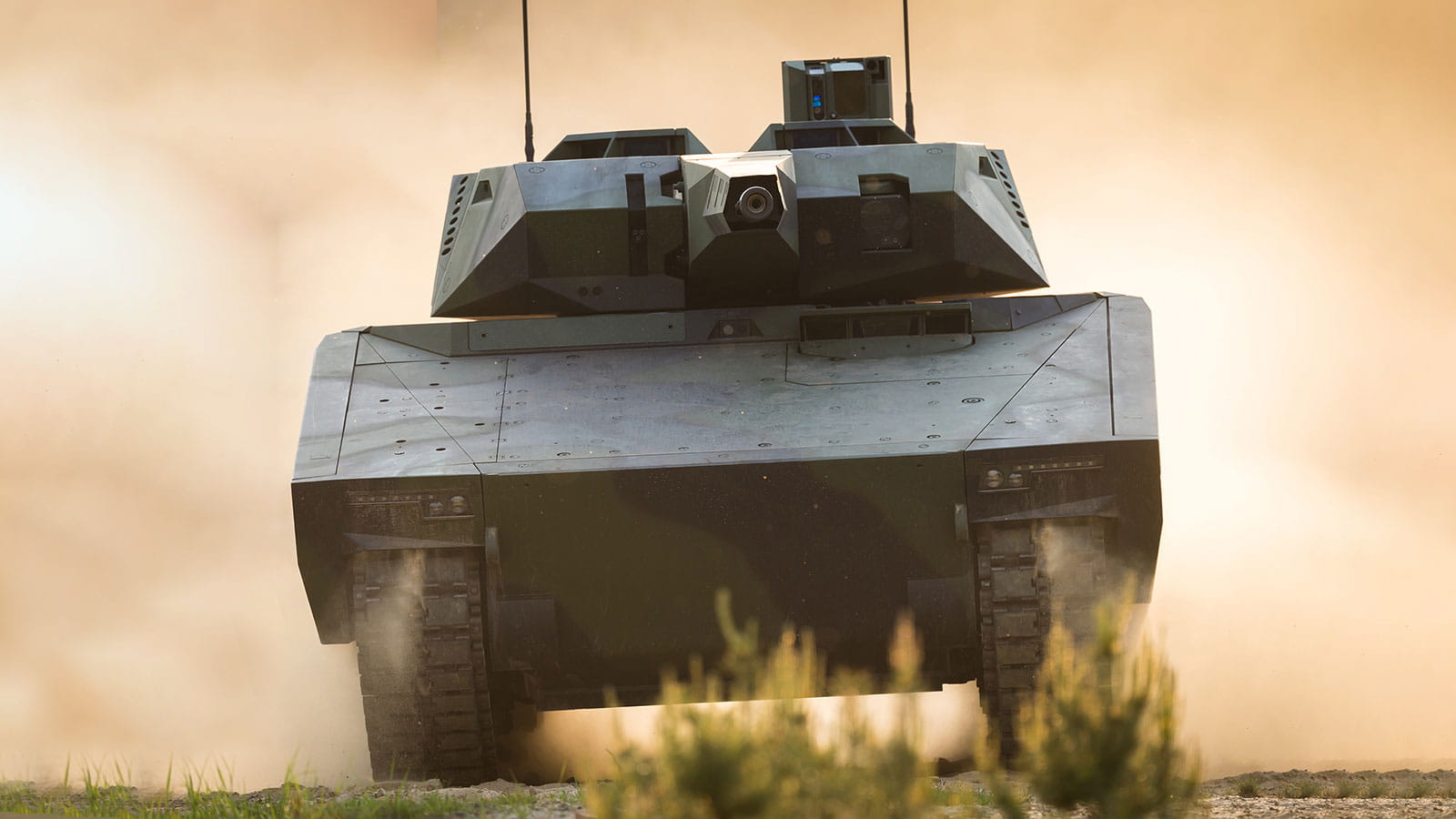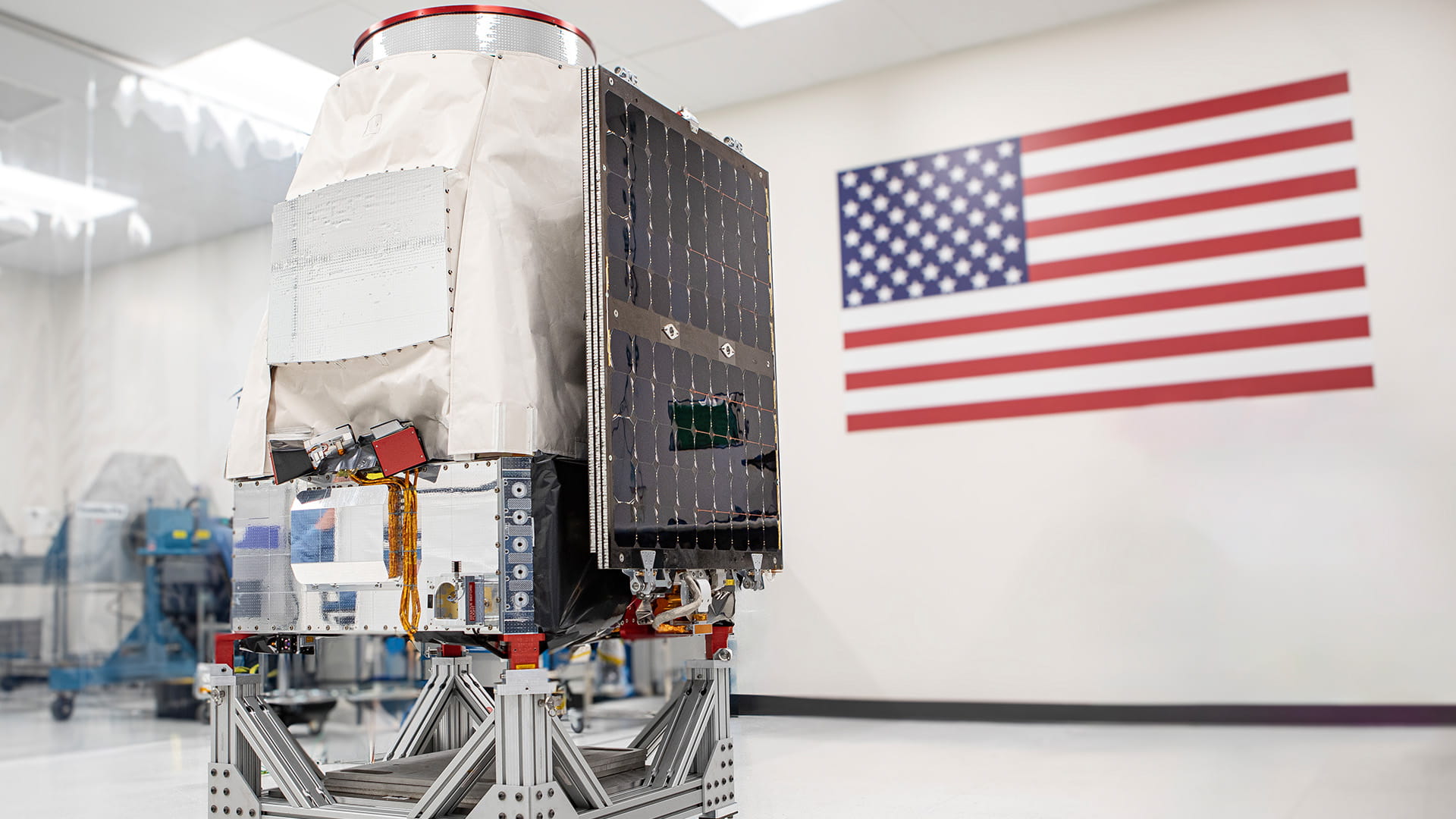What we're working on for the U.S. Army
Raytheon Technologies is positioned to speed innovation across domains
An armored fighting vehicle you can drive remotely. A mission computer that goes on anything. The eyes, ears and brains of a new generation of helicopters.
Those are among the topics that experts from Raytheon Technologies talked about at this year’s virtual Association of the U.S. Army Annual Meeting & Exposition. The event marked the first time the company, formed in the April 2020 merger of Raytheon Company and United Technologies Corp., discussed and demonstrated the range and scope of what it produces for the Army – and what it plans to produce – both now and far into the future.
“With our larger size and scale, we’re able to better leverage our billions in R&D investment across the company to more rapidly and innovatively develop technology differentiators that benefit customers like the Army,” said Mark Russell, the company’s chief technology officer. “We’re in a position to immediately address the priorities of our defense customers faster and more efficiently than ever before.”
The Optionally Manned Fighting Vehicle
It can do battle with drones, transport soldiers and take on tanks. It can see through smoke, rain snow and fog. The Lynx Infantry Fighting Vehicle will serve as the foundational design for Raytheon Technologies and American Rheinmetall Vehicles, contending for the Army’s Optionally Manned Fighting Vehicle competition. The OMFV will replace the Army’s aging fleet of Bradley vehicles.
“We are leveraging a design that was specifically optimized for the battlefield of the future,” said Brad Barnard, director of OMFV at Raytheon Missiles & Defense.
Lower Tier Air and Missile Defense System
The Army’s contract award for this missile-defense system was big news at last year’s AUSA Annual Meeting. But this year the story is how far Raytheon Missiles & Defense has come in building it in such a short amount of time.

RMD has already delivered the first LTAMDS to the test site and has worked with the Army to give soldiers both an up-close look and a chance to provide vital early feedback. “Soldier touchpoints” are among the many ways Raytheon Technologies’ businesses incorporate user feedback into their work.
Common Open Secure Mission Computer
Mission computers make sense of what a vehicle’s sensors are seeing and control the combat systems. But different platforms tend to have different computers. To get everyone operating on the same system, Raytheon Intelligence & Space has developed the Common Open Secure Mission Computer, abbreviated as COSMC and pronounced “cosmic.”
The computer uses open architecture, making it easier and cheaper to maintain and update, and it’s scalable and modular, meaning it can fit more or less anywhere. That adds up to an advantage we call “platform-agnostic” that allows different fighting forces to work with the same equipment.
“It’s purposely designed and engineered to not be reliant on any physical instances of software or hardware,” said John Stephens, RI&S product line manager for Secure Mission Processing. “It’s scalable in size, it’s scalable in performance, and it’s scalable in operating system and hardware construction. To really fit whatever that need is.”
Future Vertical Lift
An important part of this Army initiative to replace aging helicopters is SWaP-C, or the optimization of size, weight, power and cost. And Raytheon Technologies’ businesses are delivering on a number of fronts.
Collins Aerospace’s lightweight armored pilot seats are crashworthy up to 50 Gs but offer a weight savings of about 30 percent; a new rescue hoist called Pegasus will have better aircraft integration to reduce drag.
A system called MOSARC integrates avionics using open-systems architecture, another major element of the Future Vertical Lift initiative. Open-systems architecture allows MOSARC to work on multiple types of aircraft, and it also makes it much easier to update the system with third-party modifications. A new vehicle management computer called Perigon also uses open-systems architecture to host multiple applications and reduce the number of electronic boxes on board.
Collins’ Interiors business is contributing as well, with ergonomically advanced pilot seats, interior and exterior lighting to reduce drag, weight and power consumption, and customizable ice protection systems.
“Our customers can then redeploy those benefits in terms of weight savings into fuel for additional range, or additional payloads," said Phil Jasper, who leads Collins’ Mission Systems business.
Pratt & Whitney is developing auxiliary and supplemental power technologies that will provide the power generation capacity the Army needs, including an optimized and integrated Power & Thermal Management System that will use onboard energy sources with better efficiency and reliability, while reducing both weight and long-term cost.
And Raytheon Intelligence & Space is producing a host of technologies for Future Vertical Lift platforms including sensors, radars, artificial intelligence and machine learning systems, and electronic warfare tools.
DejaVM
The last thing you want to do with a mission-critical system is break it. But what do you do if you’re trying to test its cyber resiliency?
Simple: you make a digital twin.
That’s the thinking behind DejaVM, a new product from Raytheon Intelligence & Space that can emulate anything from a desktop computer to a weapon system. The idea is that red teams – cyber specialists who break into things to learn how to better defend them – can do their worst to the duplicate and apply the lessons learned to the real thing.
“The Army may come out with a new command and control system for air defense. DejaVM provides a digital version of these systems to enable software and security testing without requiring access to physical hardware,” said J.D. Johnson, a retired U.S. Army lieutenant general who now works as vice president of U.S. government integrated solutions for Raytheon Intelligence & Space. “Our approach helps find critical cyber vulnerabilities, and reduces the time and effort required to triage and mitigate those vulnerabilities. With its ability to rewind and replay, testers no longer have to struggle to determine what caused a problem – they can simply replay the tape.”
Data analysis
Good data makes for good decisions. But when there's too much data, there's a risk of overlooking important insights.
Every minute of every day, sensors in space and across the landscape are providing the Army with information they need to plan missions – exquisitely detailed data on weather, topography, the location of allies and adversaries, and so on. While that’s all necessary, it can also cause a problem: cognitive overload. It’s a little like asking a friend how their day was, then having them recite everything they did starting from the moment they woke up.
Raytheon Intelligence & Space is using artificial intelligence and machine learning to shoulder some of that load, processing what might seem like superfluous detail into clear options that help commanders and operators make decisions.
One example: Cognitive Aids to Sensor Processing, Exploitation and Response, or CASPER, software RI&S is developing to lighten the operator’s workload and use automation to help make decisions faster. It enables operators to provide verbal cues to aid their decision making such as asking, “scan for fast boats,” or “prioritize the surrounding threats.”
“In today’s data-driven battlespace, speed is the name of the game,” Johnson said. “The side that can make the right decisions fastest has the advantage.”



